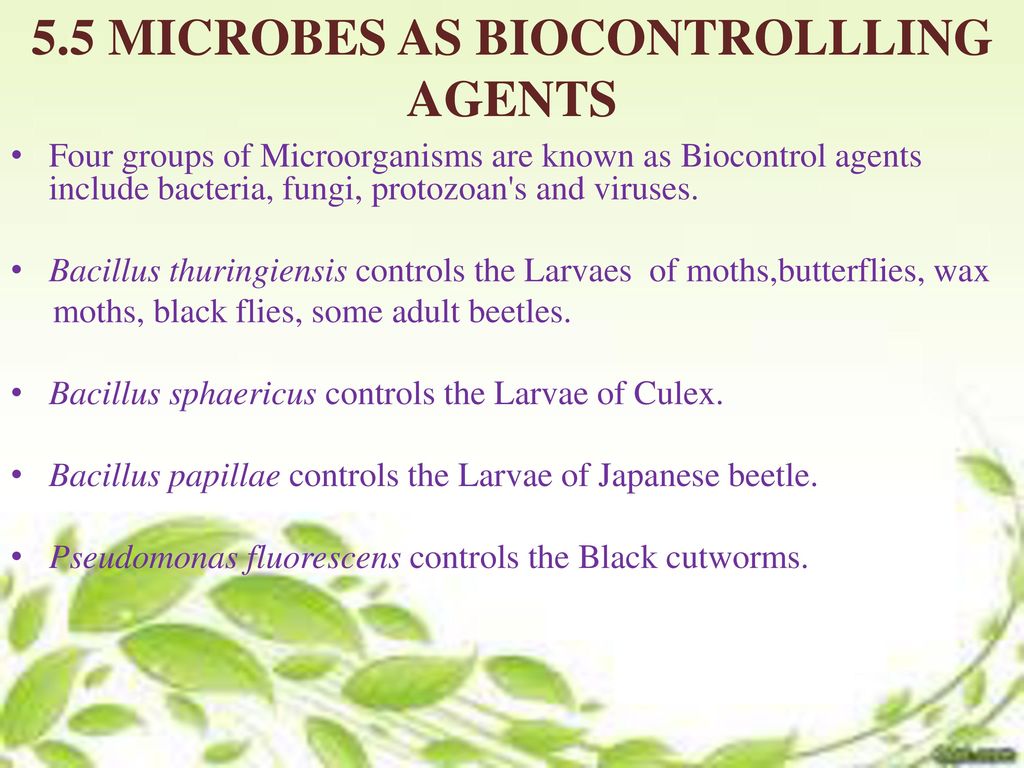


Wheat is the third most important cereal crop worldwide, following rice and corn. Evidently, the soil microbial community is an important factor for plant health thus, the balance between beneficial and deleterious rhizosphere microorganisms is critical for healthy crops. and corn sheath blight caused by Rhizoctonia species. solani, Rhizoctonia solani, and Sclerotium rolfsii cucumber damping-off caused by Pythium aphanidermatum wheat root rot caused by Bipolaris sorokiniana and Fusarium spp. Contrastingly to beneficial microbes, negative plant–microbial interactions cause yield losses, as with tomato wilt caused by Fusarium oxysporum f. Additionally, the generation of 1-aminocyclopropane-1-carboxylate deaminase (ACCD), indole acetic acid (IAA), and siderophores by plant growth-promoting rhizobacteria (PGPR) can directly or indirectly stimulate seedling growth. In return, plant-associated bacteria can promote plant growth via various mechanisms including (1) supplying nutrients to plants via nitrogen fixation and solubilization of mineral phosphate and potassium, (2) competing with pathogens for nutrients and niches, (3) suppressing pathogen proliferation by producing secondary metabolites such as antibiotics and hydrolytic enzymes, and (4) inducing systemic resistance. Microbes accumulate in the rhizosphere and utilize root exudates released by their plant host(s).

Soil microorganisms are an important factor maintaining the sustainability of agricultural production systems, with the rhizosphere being a critical region supporting the exchange of nutrients between plants and the surrounding soil environment. Overall, these results confirm that beneficial microbes accumulate more easily in the wheat rhizosphere following application of BIO-1 and BIO-2 and that the relative abundance of phytopathogenic fungi decreased compared with that in the control group. Fungal community composition analysis revealed that the relative abundance of the phytopathogenic fungi Fusarium and Gibberella decreased and that the well-known beneficial fungi Chaetomium, Penicillium, and Humicola were more abundant in the treatment groups than in the control group. Bacterial community composition analysis demonstrated that beneficial microbes, such as Sphingomonas, Bacillus, Nocardioides, Rhizobium, Streptomyces, Pseudomonas, and Microbacterium, were more abundant in the treatment groups than in the control group. Principal coordinates and hierarchical clustering analyses revealed that the bacterial and fungal communities were distinctly separated between the treatment and control groups. Illumina MiSeq sequencing revealed that bacterial abundance and diversity were significantly higher ( ) in the treatment groups (T1 and T2) than in the control, with significantly decreased fungal diversity in the T2 group. The results of the wheat disease investigation showed that the relative efficacies of BIO-1 and BIO-2 were up to 82.5% and 83.9%, respectively. The experimental design consisted of three treatments: (1) Fusarium graminearum F0609 (CK), (2) F. We evaluated the effects of microbial inoculants BIO-1 and BIO-2 in reducing soil-borne wheat diseases and in influencing wheat rhizosphere microbial community composition in a plot test. Biocontrol by inoculation with beneficial microbes is a proven strategy for reducing the negative effect of soil-borne pathogens.


 0 kommentar(er)
0 kommentar(er)
